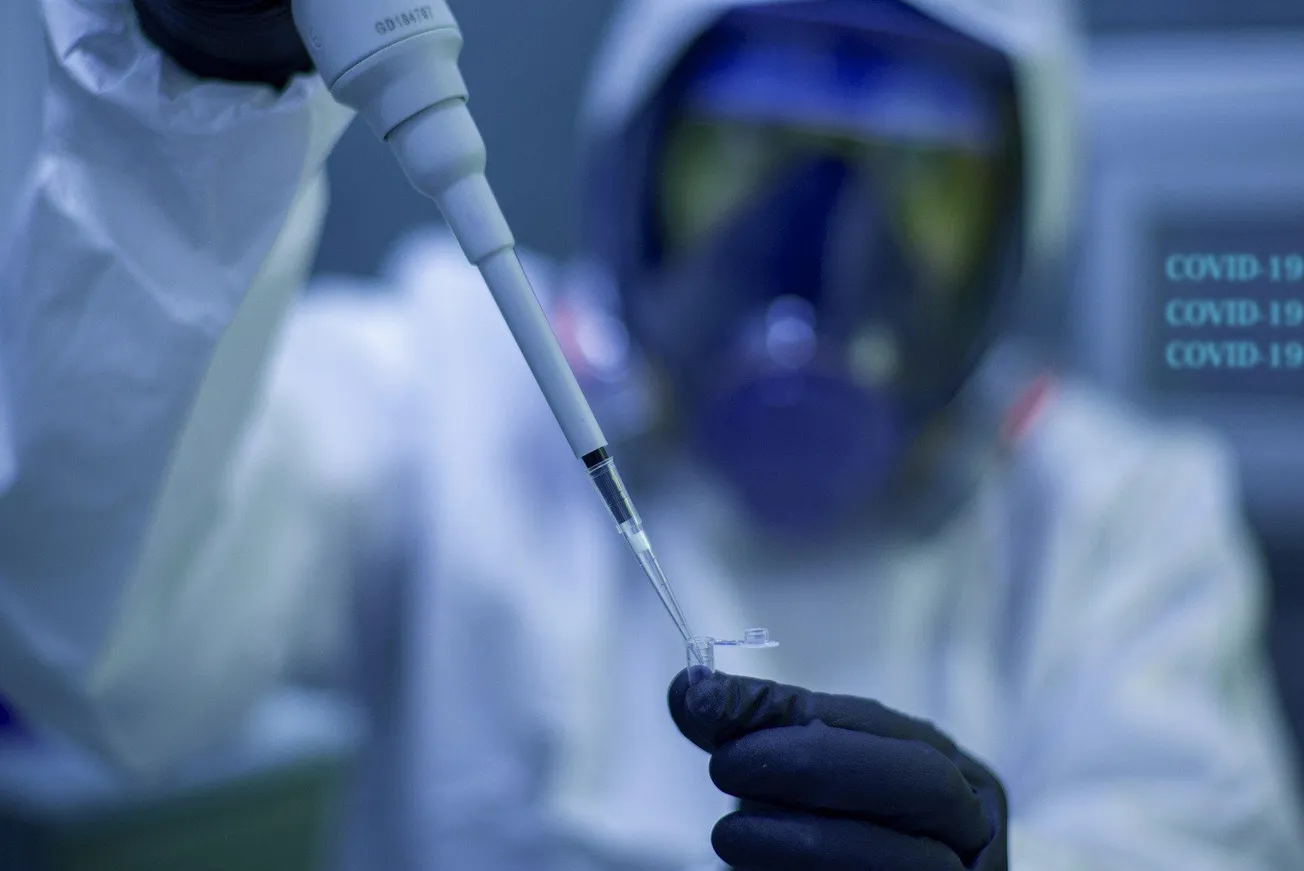Despite having reached 13 times the SARS-CoV-2 infection of its all-time previous high, Denmark has been celebrated the last week as the poster child of the so-called post-pandemic. Denmark is the first European country to lift all their COVID restrictions—social distancing, masks, etc.—as of Feb. 1.
Camilla Holten Mollder, head of mathematical modeling at the Statens Serum Institut, explained. There is no longer any need to flatten the curve as “we have a low and stable number of admissions to intensive care units…. So for us, here in Denmark, it is extremely important that we can agree to not flatten the curve, to let loose the epidemic, to accept that it can grow, as long as it doesn’t cause severe illness.”
The reality that allowing such widespread infection greatly increases the risk of new variants being produced, which is apparently nowhere to be found in Mollder’s mathematical model, is not so theoretical in Denmark. The country leads the world in the spread of Omicron’s sister, BA.2—called a “sub-variant” of Omicron. However, almost 50% of its mutations are distinct from its sister, bringing into question why it has not been defined as its own variant. So far, it has proved to be more infectious than Omicron, having rapidly displaced its sister in Denmark. And it is growing in Norway, Sweden and the U.K., Denmark’s neighbors.




